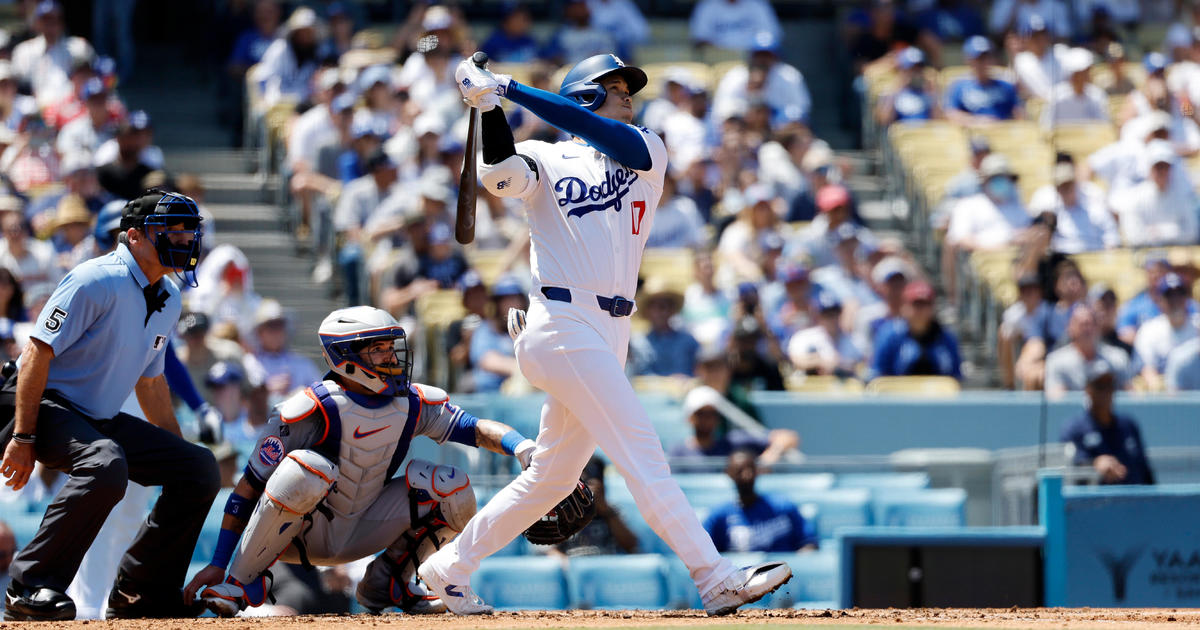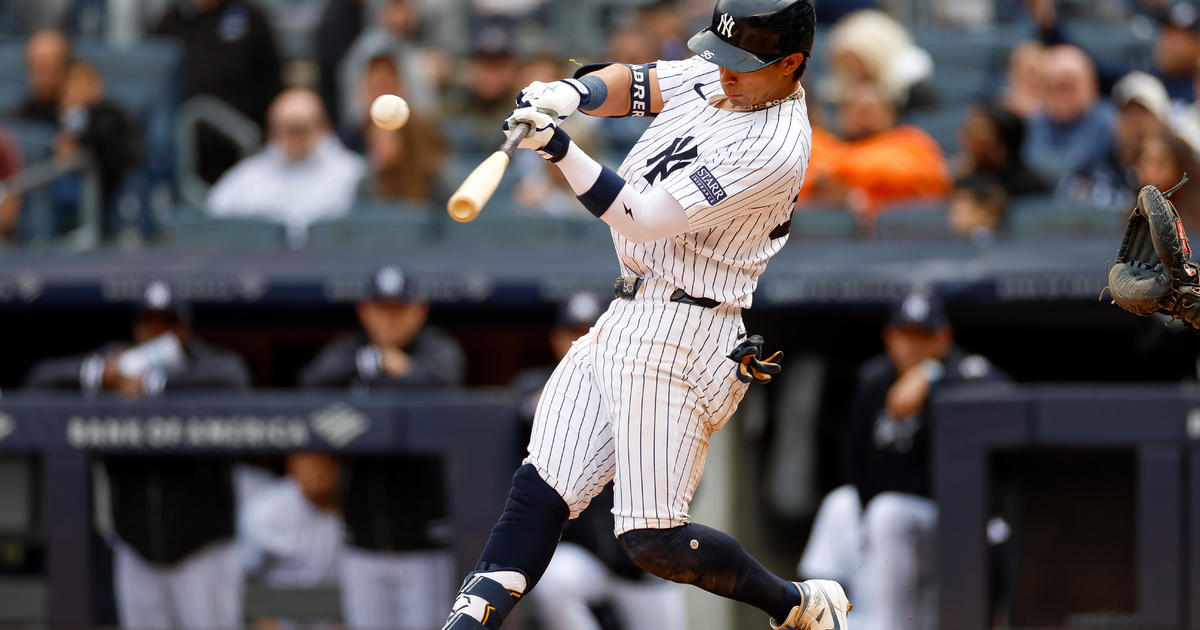Sims: Breaking Down Brian Wilson's Elbow Nerve Irritation
By Abby Sims
» More Columns
So much is written about injuries to the ligaments of pitchers' elbows but less so about nerve irritation such as that resulting in Dodgers reliever Brian Wilson now being on the DL.
We know that the repetitive nature of pitching, especially at such high velocities, places undue demands on the elbow, particularly at the inner aspect of the joint. The ligament that serves as the primary stabilizer of that region – the ulnar collateral (UCL) – is often the prime target, but the muscles, tendons and even the nerves in the area also contend with these stresses, making them prone to overuse injuries.
The ulnar nerve, like the other two primary nerves in the arm, arises from nerve roots in the cervical region (the neck). At the elbow it lays within a tunnel (the cubital tunnel) on the inner (medial) and posterior (rear) aspect of the joint. The nerve is very exposed in this region, with little soft tissue surrounding it, making it particularly vulnerable. When you hit your "funny bone" – sending zingers to your hand – it is the ulnar nerve that is responsible for that less than pleasant sensation.
The ulnar nerve travels from the inner elbow through the muscles of the forearm (on the palmar side) into the hand and to the smaller fingers. It controls various muscles in the forearm and hand that are responsible for flexing the wrist, grip strength and fine motor skills. It also provides sensation to the small fingers. When the nerve is compressed, weakness of these muscles and altered sensation occur. When simply irritated – like Wilson's – similar but generally less severe symptoms are likely.
Forces on the inner aspect of the elbow are known as valgus stresses. These stresses are at their greatest late in the cocking phase of the pitching motion. This is when the ulnar nerve is put on extreme stretch. Stabilizers of the inner aspect of the joint are also on highest alert during this phase. Amongst them are the ulnar collateral ligament and several of the flexor muscles, which provide dynamic support.
The intimate relationship between all of these structures is what can cause weakness or injury in one to result in consequences for the others. For instance, ligament damage that results in joint instability will then also place greater stresses on the ulnar nerve and factor into muscle weakness of the forearm.
The ulnar nerve can also be unstable, gliding too much in the tunnel at the elbow or even sliding out of position when the elbow is flexed, causing irritation. Throwing athletes are more prone to these types of injuries. If the nerve actually snaps in and out of place (nerve subluxation), it may be due to an anomaly in the shape of the tunnel in which it sits, resulting in insufficient constraints.
Irritation of a nerve – such as that experienced by Brian Wilson – is also known as neuritis. Symptoms of ulnar neuritis resemble those that you may have experienced if your elbow has been bent or you've leaned on it for a prolonged period, namely pain, numbness and tingling.
Another ulnar nerve diagnosis that occurs with relative frequency amongst pitchers is ulnar nerve entrapment. This may be due to cubital tunnel syndrome, a buildup of scar tissue after prior insults or even from recurrent subluxation of the nerve. Surgery is called for to release the nerve in cases of entrapment, and pitchers who undergo the procedure are not always able to return to form.
Brian Wilson's nerve irritation is a red flag that calls attention to the fact that something else may be going on as well. Though he reportedly has no ligament damage, the pitcher, who has already undergone two Tommy John surgeries, clearly has an elbow that has been unable to consistently meet the demands of his position or his pitching mechanics. Even in the absence of new ligament issues, his recovery is not a simple matter. Though rest may provide relief, the key is in preventing recurrence.
You May Also Be Interested In These Stories



